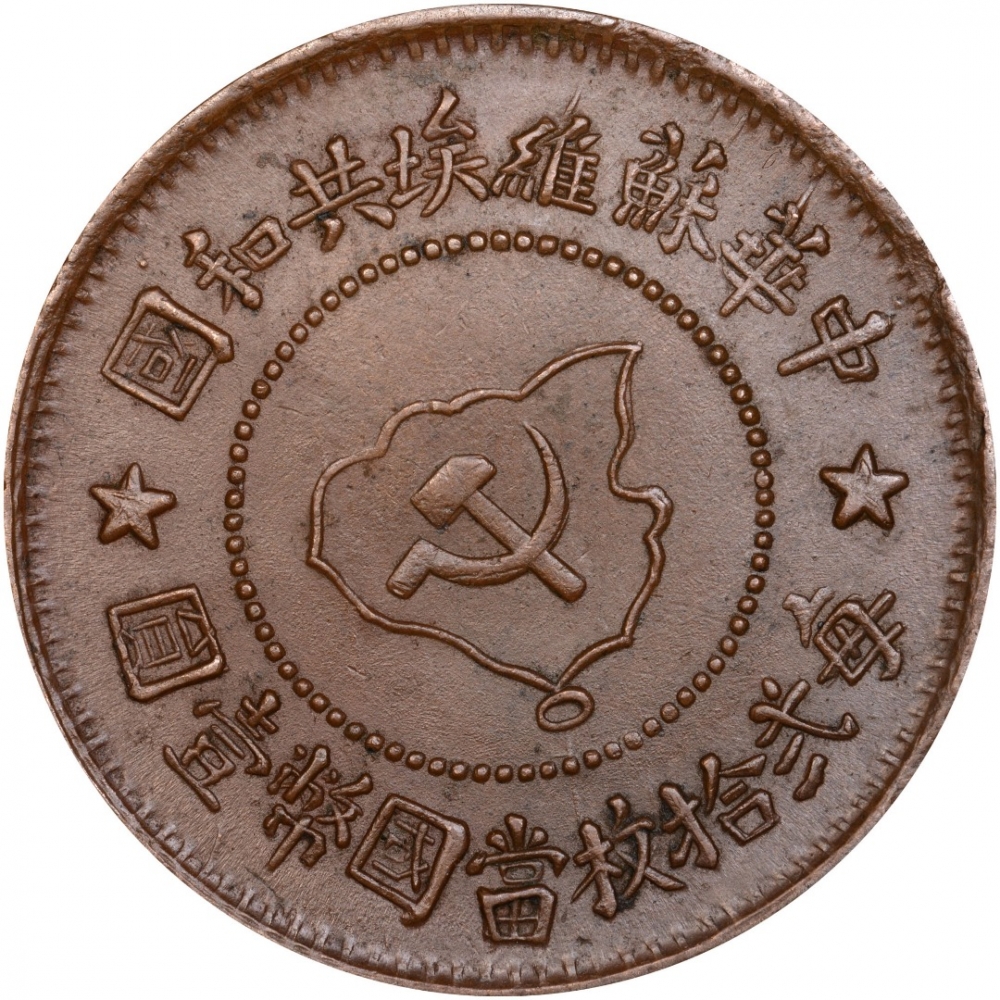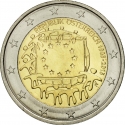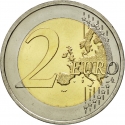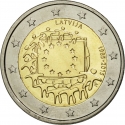You are about to finish your registration. Please check your mailbox (including spam folder). There should be a letter with a confirmation link. Check setting to make sure that your e-mail address is correct.
Send letter againDescription
The Chinese Soviet Republic (CSR) is often referred to in historical sources as the Jiangxi Soviet (after its largest component territory, the Jiangxi-Fujian Soviet). It was established in November 1931 by future Communist Party of China leader Mao Zedong, General Zhu De and others, and it lasted until 1937. Discontiguous territories included the Northeastern Jiangxi, Hunan-Jiangxi, Hunan-Hubei-Jiangxi, Hunan-Western Hubei, Hunan-Hubei-Sichuan-Guizhou, Shaanxi-Gansu, Szechuan-Shensi, Hubei-Henan-Anhui, Honghu and Haifeng-Lufeng Soviets. Mao Zedong was both CSR state chairman and prime minister; he led the state and its government. Mao's tenure as head of a "small state within a state" gave him experience in mobile warfare and peasant organization; this experience helped him accomplish the Communist reunification of China during the late 1940s. The CSR was eventually destroyed by the Kuomintang (KMT)'s National Revolutionary Army in a series of 1934 encirclement campaigns. Following the Xi'an Incident of December 1936, the Communists and Kuomintang formed an uneasy "United Front" to resist Japanese pressure, which led to the Communists recognizing at least for the moment Chiang Kai-shek as China's leader and the official dissolution of the Soviet Republic on 22 September 1937.
Obverse

|
Hammer and sickle on a map of China proper surrounded by inscriptions "Chinese Soviet Republic" above and "One silver dollar equal twenty copper coins of 5 cents" below. ★ 國和共埃維蘇華中 ★ |
|---|---|
Reverse

|
Denomination in Chinese characters surrounded by star and wheat stalks. ★ |
| Edge |
Related coins
30th Anniversary of the Flag of Europe
30th Anniversary of the Flag of Europe
30th Anniversary of the Flag of Europe







